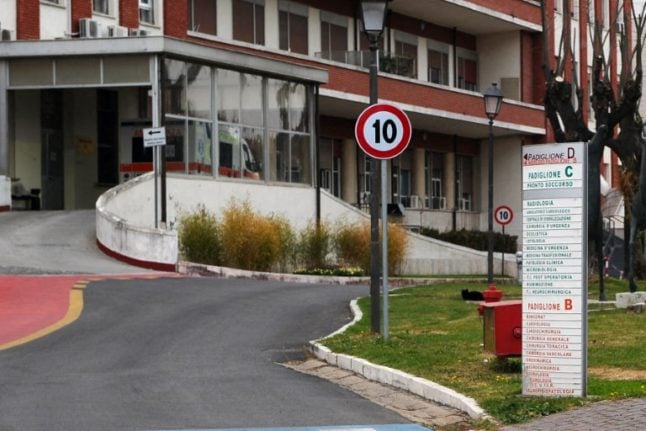All indicators in the nation’s latest weekly coronavirus monitoring report, compiled by Italian health ministry and the Higher Health Institute (ISS), showed another decrease in the coronavirus numbers.
The national average weekly coronavirus incidence rate and Rt number had fallen again, while the average daily number of new coronavirus cases is now below 4,000 for the first time since October 10th, the latest data showed.
Italy's average daily number of new coronavirus cases (seven-day moving average) is below 4,000 for the first time since October 10th. https://t.co/tYT9I4kADW
— Clare Speak (@ClareinItaly) May 27, 2021
The number of new cases in 24 hours on Friday was 3.738, while there were 126 deaths reported.
The report showed that the weekly incidence rate was down to 47 per 100,000 inhabitants, from 66 per 100,000 for the previous week.
This is the first time this year that the incidence rate has been below 50 per 100,000 – the threshold which the ISS says “allows the containment of new cases” as it is low enough for the country’s track and trace system to work effectively.
🔴Diretta della conferenza stampa del 28 maggio sull’analisi dei dati Monitoraggio Regionale #Covid19 della Cabina di Regia con il Presidente dell’@istsupsan , Silvio Brusaferro, e il DG della Prevenzione, Gianni Rezzahttps://t.co/c9WwiG3OHd
— Ministero della Salute (@MinisteroSalute) May 28, 2021
The Rt number – – the reproduction rate, used to calculate how fast the virus is spreading – has also fallen again, dropping to 0.72 from 0.78 last week..
The figure is now at its lowest since almost exactly a year ago.
An Rt over 1 means that the epidemic is in a phase of expansion.
The report on Friday said all of Italy’s regions have an Rt below 1 and can be considered low risk.
It said the percentage of intensive care beds used by Covid patients was now down to 15%, and was not above the critical threshold of 30% in any region.
As planned, the regions of Friuli Venezia Giulia, Molise and Sardinia will move into the lowest-risk “white” zone from Monday, the health ministry confirmed.
Abruzzo, Veneto and Liguria are expected to turn white the week after.
MAP: Which parts of Italy will be Covid-19 ‘white zones’ in June?
There are strict criteria for being able to pass into a white zone. In this category most restrictions are relaxed, including the 11pm curfew, with only face masks and social distancing rules still in place.
To be declared a white zone, a region must have fewer than 50 cases per 100,000 inhabitants and an Rt number below 1 for three weeks in a row.
On Friday, Italy’s Covid-19 emergency commissioner said that vaccination appointment bookings would be opened to all age groups from next week,



 Please whitelist us to continue reading.
Please whitelist us to continue reading.
https://coronalevel.com/Italy/
How is 1 infection per every 250 people safe? In California it is 1 infection per every 1700 people… this all feels like spin until more vaccinations are online…